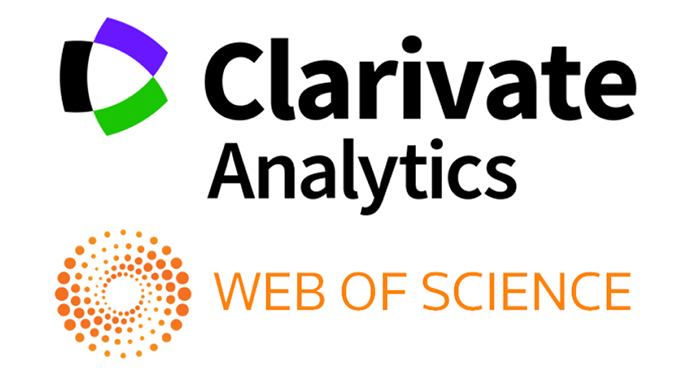THE SURFACE AND DEEP APPROACHES TO LEARNING AND TEACHING THE ENGLISH LANGUAGE IN HIGHER EDUCATION
Abstract
This article examines surface and deep approaches to learning and teaching English in higher education. In surface learning, students focus on external goals such as getting a particular grade or award or pleasing or impressing someone else. These students tend to do only what is necessary and focus more on being able to regurgitate what they have learned rather than truly understanding and absorbing the material. A deep approach to learning concentrates on the meaning of what is learned. That concentration may involve testing the material against general knowledge, everyday experience, and knowledge from other fields or courses. A student taking a deep approach seeks principles to organize information. This article discusses the theoretical foundations of both approaches, their practical applications, contradictions and limitations.The conclusion of this study suggest that a combination of both approaches is necessary for effective teaching and learning of English in higher education
References
2. Biggs J. B. (2001). Teaching for Quality Learning at University. Buckingham: SRHE and Open University Press.
3. Blake B. & Pope, T. (2008). Developmental psychology: Incorporating Piaget’s and Vygotsky’s theories in classroom. Journal of Cross-disciplinary perspectives in education, 1(1), 59-67. Brown, S. White, S. Wakeling, L. & Naiker, M. (2015).
4. Approaches and Study Skills Inventory for Students (ASSIST) in an Introductory Course in Chemistry. Journal of University Teaching & Learning Practice, 12(3). Article 6.
5. Entwistle N. TAİT H.(1990). Approaches to learning, evaluations of teaching, and preferences for contacting academic environments. Higher education.
6. Marton F., & Säljö, R. (1984). Approaches to Learning. In F. Marton, D. Hounsell, & N. Entwistle (Eds.), The Experience of Learning (pp. 36-55). Edinburgh: Scottish Academic Press
7. Harvard-Smithsonian Center for Astrophydics.(1994) A private universe: Misconceptions that block learning .
8. Hattie J.A.C. & Donoghue, G.M. (2016). Learning strategies: A synthesis and conceptual model. Science of Learning, 1(16013), 1-13. doi:10.1038/npjscilearn.2016.13.
9. Hermida J. (2015). Facilitating deep learning pathways to success for university and college teachers. Toronto, Canada: Apple Academic Press.
10. Ramsden P. (2003). Learning to teach in higher education (2nd ed.). London, UK: Routledge Palmer.
11. Relf B., O’Rourke, J. Crawford, N., Sharp, S., Hodges, B., Shah, M. & Barnes, R. (2017).Lighting the path(way): Articulating curriculum design principles for open access enabling programs. Retrieved from http://www.newcastle.edu.au


.jpg)

1.png)







